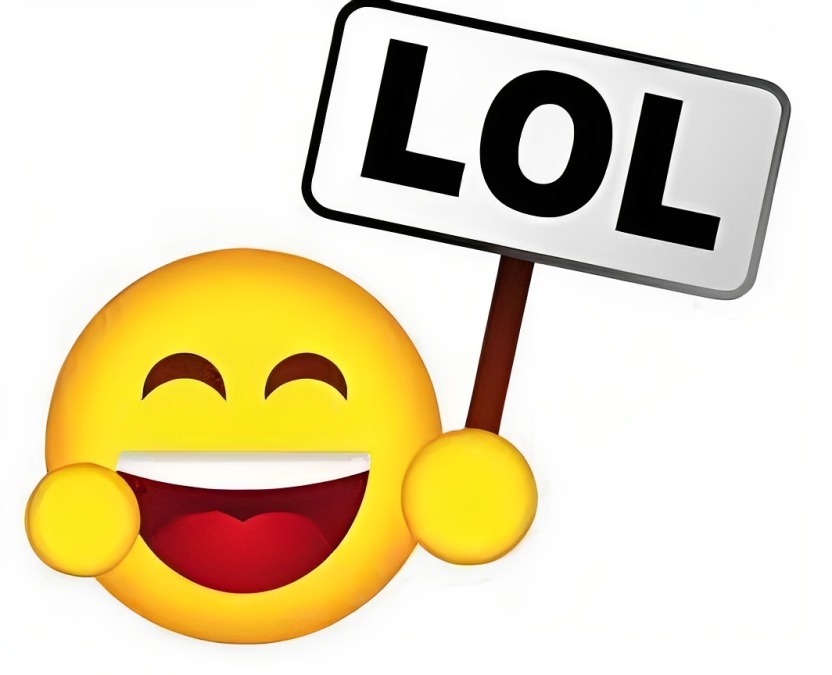The abbreviation “lol” comes from the English expression “laughing out loud.” It is a means of expressing laughing or amusement in written exchanges. When someone says, “lol,” it means they laughed or found something amusing. It lightens the mood of the discussion and aids in bridging the divide between in-person and virtual communication.
The Growth of “Lol”
At first, the majority of uses of “che significa lol” were for sincere laughter. But its use increased as communication patterns changed. It started to take on several tones of comedy, from a sincere giggle to a casual recognition of something funny. Throughout time, “lol” has evolved into a flexible phrase with varying connotations according on the situation and the people speaking.
Interpreting “Lol” in Various Situations:
Humor: To put it simply, the term “lol” indicates that something is actually amusing and has made the person using it chuckle. It denotes a fun and carefree section of the talk.
Sarcasm: “lol” can be used sarcastically in certain situations. When employed in this fashion, it frequently serves to playfully challenge or question the preceding remark, conveying a subtle feeling of sarcasm or ridicule.
Politeness or Agreement: “lol” can be used to express politeness or agreement in specific contexts. It could be interpreted as a shorthand for acknowledging and supporting the other person’s remark or viewpoint without getting into a long answer.
Filler or Interjection: “lol” can be used as a filler or interjection in informal talks to break the ice or make the topic feel lighter without necessarily referencing anything funny. It is becoming a typical strategy for keeping people interested in online conversations.
“Lol”’s Influence on Communication
The popularity of “lol” and its pervasive usage have changed how people interact online. It’s become a common way to convey feelings and a little comedy in textual exchanges. It has also aided in bridging the gap between the subtleties of face-to-face engagement and the constraints of text-based communication.
Alternatives for LOL
“ROFL” – “Rolling On the Floor Laughing”:
“ROFL” is an acronym that stands for really funny. It conveys the notion that something is really funny and stands for “Rolling On the Floor Laughing.” It suggests that the person is rolling around on the floor in a symbolic fit of laughter. The term “ROFL” is frequently employed in online talks to highlight the level of amusement.
“LMAO” – “Laughing My Ass Off”:
Like “lol” and “ROFL,” “LMAO” is an acronym for “laugh out loud.” It means “Laughing My Ass Off” and denotes something that is really, really humorous. It emphasizes the chuckle a little bit and suggests that the speaker finds the joke or circumstance really funny.On social media and in casual chats, people frequently utilize the acronym “LMAO.”
“LOL” or “HAHA” Variations:
Although “lol” is a regularly used abbreviation for laughter, other versions like “haha” or “hehe” are also frequently employed. These expressions are meant to convey amusement in a more informal or lighthearted way, and they resemble the sound of laughter. For instance, “hehe” can suggest a subtle or wicked sense of humor, but “haha” might be used to convey moderate amusement. These variants offer more freedom and customization while expressing amusement.

